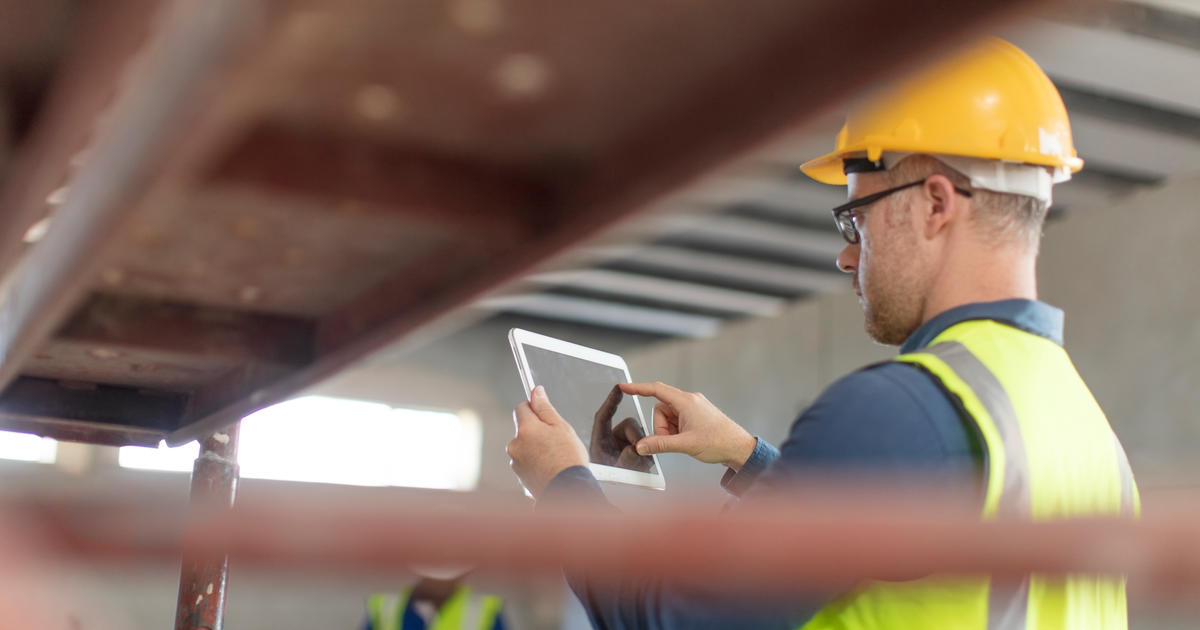Håkon Kvåle, Director of IT Technology & Change for Norwegian insulation and construction products supplier GLAVA® (part of Saint-Gobain group), shares his experience and advice…
Our operations supply a range of construction and insulation products, including glass wool, stone wool, rubber foam, EPS and XPS insulation, to customers distributed across Norway. This means scheduling and moving consignments of goods over significant distances, often in arduous and changing weather conditions. Our team relies on the ERP system to undertake planning and to monitor and control complex production, logistics, and transportation operations in real-time.
Despite enjoying a well-optimized, functional solution with IFS Applications 7.5, we wanted to get back on standard support.
We also saw it as an opportunity to explore where else additional functionality could add value to the business. To simplify the transition, the initial modules we chose to implement echoed those used in Applications 7.5: Finance, Manufacturing, Planning, Supply Chain and Document Management.

Reduced customization
One of the most immediate upgrade benefits was a significant reduction in the need for customization. In IFS Applications 7.5, we were running with 68 essential modifications. In the latest version, this figure has reduced to just 7 modifications – an 89% fall. 29 were covered by standard features in the new product, 12 were no longer needed and 20 were resolved with the use of configurations. This promises significant benefits for us in terms of reducing maintenance overheads and making future upgrades far easier.
Because Norway spans a very wide geographical area, the distribution and routing requirements are especially challenging and are not covered in the standard solution. The 7 modifications that remain therefore continue to support our own sophisticated, customized logistics operations.
Role-based controls
Powerful controls to segregate different duties and roles within the organization, and to assign user profiles with the appropriate permissions and restrictions, are also introduced. This will help to ensure all our operations remain secure and reduce the risk of fraud. In time, we will echo these permissions in the way we configure and use the role and task-based Lobbies available in IFS.
More efficient workstreams
This latest version of IFS provides a new platform for further improvement initiatives. As part of the implementation, we have adopted standard functionality for Handling Units allowing us to utilize Enhanced Materials Planning capabilities in the future. In addition, we also plan to improve the digital flow interface between our factory and warehouse. . Standard capabilities in the upgrade also now allow us to define the unit size for shipping – for example, specifying bulk ‘per pallet’ consignment units for distributors or a consumer size package for retailers.
Based on feedback so far, IFS Lobbies is providing good functionality, increased control, and a better overview, making it easier to manage daily processes.

Digitalization
Since 2017 Glava has been part of Saint-Gobain, uniting three different business units each running different ERP systems. Should GLAVA decide to consolidate to one ERP system in the future, IFS offers a strong candidate. We’re keen to fully exploit digitalization, and our strategy includes a digital agenda looking forward through to 2025.
The move to the latest version makes it much easier to make ongoing regular updates compared to the major shift from Applications 7.5. It will be interesting to see if the cost of the upgrade will, over time, be mitigated by the lower time and resource demands of regular updates.
As we seek to develop logistics, IT and production initiatives across the different business areas, we will no doubt be looking at how IFS can help support these. The actions informed by our strategic planning will dictate what we will want to do next with IFS.
Implementation in a pandemic
Our upgrade process began in autumn 2019 and went live in early November 2020 with the stabilization phase.
Engagement throughout implementation has been positive, with good collaboration between IFS, our team and our partner Align Consulting managing configuration. From March the pandemic meant we obviously had to work remotely, but regular Microsoft Teams meetings worked well to keep the project on track.
If I have one piece of advice to other IFS customers considering an upgrade, it would be good to ensure to set a very clear scope at the outset. If the goal is to upgrade, and maintain most operations ‘as-is’, don’t try to change other major business processes at the same time. That said, don’t dismiss valuable opportunities to embrace new functionality and ways of working. Any upgrade project is a complex task in itself; focus on the integrations and modifications the core business needs first. Once the upgrade is stable and complete, then consider what can be further refined.
About the author
Håkon is a business-oriented IT director today responsible for IT in GLAVA. GLAVA has high ambitions to become a digital leader in the construction business in Norway. Håkon has previously held a senior position on the operational and IT side both in GLAVA but also other Norwegian industrial companies.

Do you have questions or comments?
We’d love to hear them so please leave us a message below.